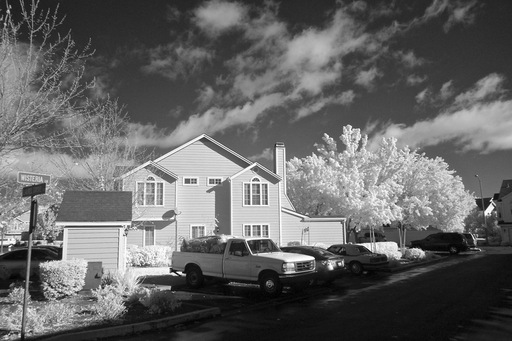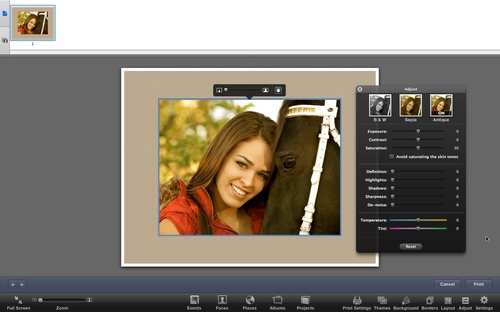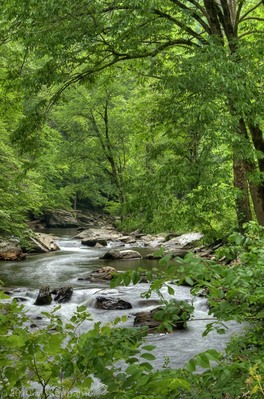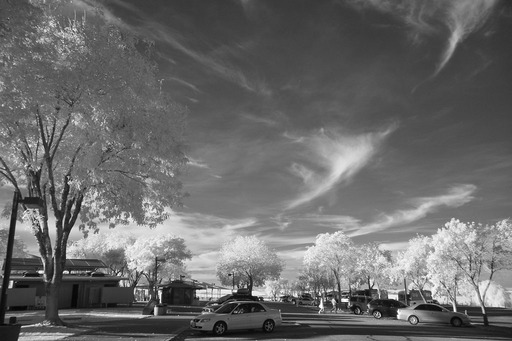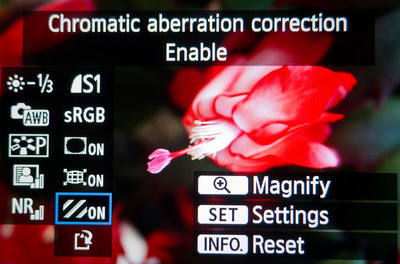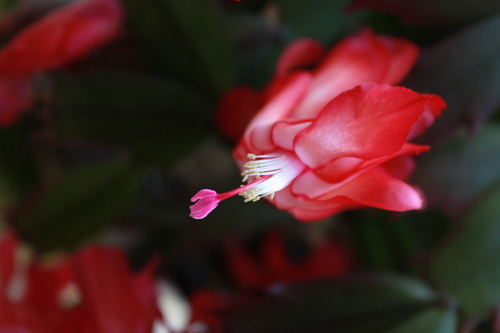"As winter was getting nearer in Madrid, the last insects were running for their lives," writes Michel Bricteux. "So was this wasp, feeding on cured ham. Note the wasp's tongue between the two mandibules shaped to cut the food."
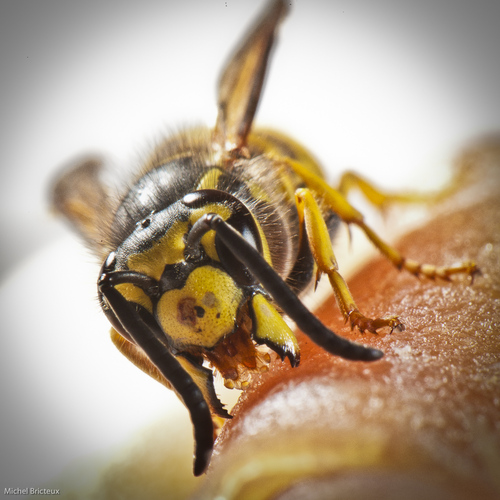 "Wasp Meal" by Michel Bricteux. Click on image for larger version (Do it! It's worth it.)
"Wasp Meal" by Michel Bricteux. Click on image for larger version (Do it! It's worth it.)
Michel captured this compelling image with a Nikon D3X with a Nikon 105mm f/2.8 lens. ISO was set to 320 with a shutter speed of 1/200th.
This is our 205th Grab Shot! Wow. If you want to review the collection that began back in 2006, go to our Grab Shots page.
If you have a candid you'd like to share, take a look at our Submissions page, then send us your Grab Shot. We'll try to get it published for you on The Digital Story.
And you can view more images from our virtual camera club in the Member Photo Gallery.
The Digital Story Podcast App is the best way to stream or download weekly TDS podcast episodes. No more syncing your iPhone or iPod Touch just to get a podcast. And there's more! Tap the Extras button for free passes and discounts and the current Grab Shot by our virtual camera club members. Each podcast episode has its own Extras button, too, that contains more goodies such as pro photo tips. And the best part is, The Digital Story Podcast App is your way to help support this show.Download it today!

